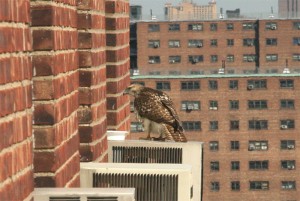While in graduate school, I took a class with Prof. John Stilgoe. One lesson learned was how a particular perspective alters the experience of the landscape. For example, Spanish explorers experienced the Americas from the vantage point of horseback on land, while French explorers experienced the Americas from the vantage point of canoeing in rivers.
Even today, experiences of metropolis depend upon which point of view is adopted. In Black Rock City, I’ve walked, biked, and commuted by art car. The intrepid have also flown over BRC, or even sky dived and parachuted in. Conventional cities, such as New York City, offer more choice of perspectives. For instance, tourists are drawn to the bird’s eye perspective: the view from the Empire State building or a helicopter ride. (Note: there is a very practical reason why these helicopter rides are so short…think motion sickness.)
My preferred perspective is of the worm’s eye view of walking or inching along. This perspective allows for experiencing the city in a detailed, albeit slower and more manageable, pace. In contrast, public transportation via subway offers a targeted, subterranean experience, complete with rodents. Recently, I tried a new perspective: I rode a bicycle in Central Park, where most vehicles are prohibited. Whirling around the main loop in a vortex of competitive bicyclists, weaving past pedestrians, joggers, roller bladers, and horsedrawn carriages, reduced NYC to a form of hyperstimulated tunnel vision, much like driving or motorcycling. However, bike tours like this, in which roads are temporarily restricted to bicyclists, offer a more informed, leisurely sense of the city.
Finally, I close with one perspective of the city that humans don’t have direct access to, but must be a magnificent experience, even if it involves dive-bombing pigeons and other prey.

